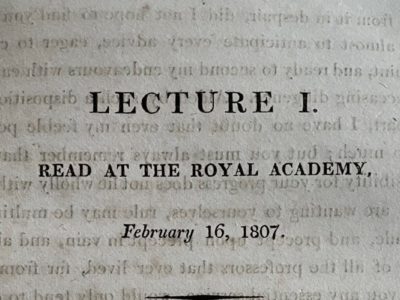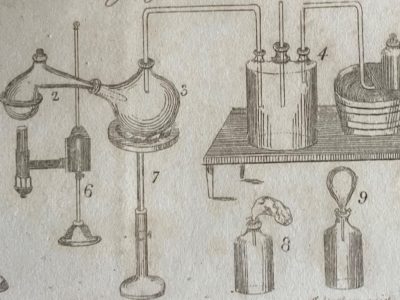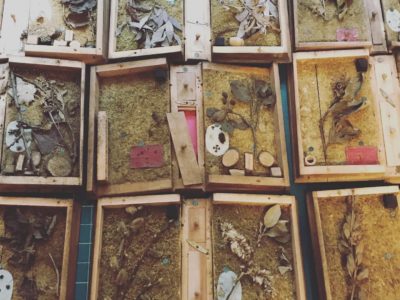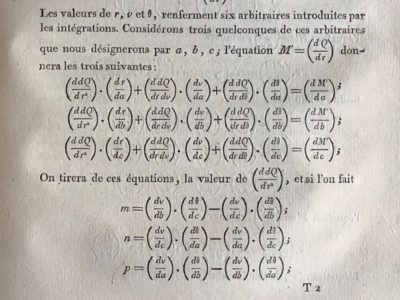What's on
A ‘Cornish boy, in tin-mines bred’: the legend of John Opie (1761-1807)
Born in Mithian, St Agnes, Cornwall, John Opie (1761-1807) overcame his humble birth to become a Royal Academician and one of the foremost portraitists and landscape artists of his day. He was introduced to the London art world as a self-taught Rousseauian 'noble savage', raised in a ‘remote and secluded part of the island’, who rose to fame ‘unassisted by partial patronage’. However, little of this was true.
Hidden Nature Library Lecture – December 2020
A series of talks and conversazione filmed at the Institution and presented monthly via our website.
Samuel Parkes’s Chemical Catechism (1806)
While working as a soap manufacturer in Stoke-on-Trent, Samuel Parkes (1761-1825) became fascinated in chemistry. A Chemical Catechism (1806), originally written for his young daughter, became a best-seller across Europe. His method of teaching stressed the importance of observation – but we don't recommend trying his 'amusing experiments' at home!
Richard A. Proctor’s study of the moon
Beth Howell, our Saturday Events Coordinator, has been exploring the Institution's science collection for inspiration for astronomical making activities for our youngest members. Richard A. Proctor (1837-1888) was a lawyer turned astronomer who wrote a series of works on the planets. His investigation of the moon is illustrated with incredible photographs by Lewis Morris Rutherfurd (1816-1892) who also ditched law to study the heavens.
Hidden Nature Library Lecture – November 2020
A series of talks and conversazione filmed at the Institution and presented monthly via our website.
December Programme 2020
Join us for Christmas events, tours and workshops at the Institution. We are a covid-secure venue.
The celestial mechanics of Pierre-Simon Laplace (1749-1827)
As a politician, Pierre Laplace (1749-1827) had an 'incapacity for administration'; as a mathematician he was one of the greatest scientists of all time. His thinking brought him close to the origins of the universe and he was one of the first scientists to suggest the existence of what we now refer to as black holes. This guest blog is written by Edward Maunder following his rediscovery of the first four volumes of Laplace's Traité de mécanique céleste (1798-1805) in our early science collection.











